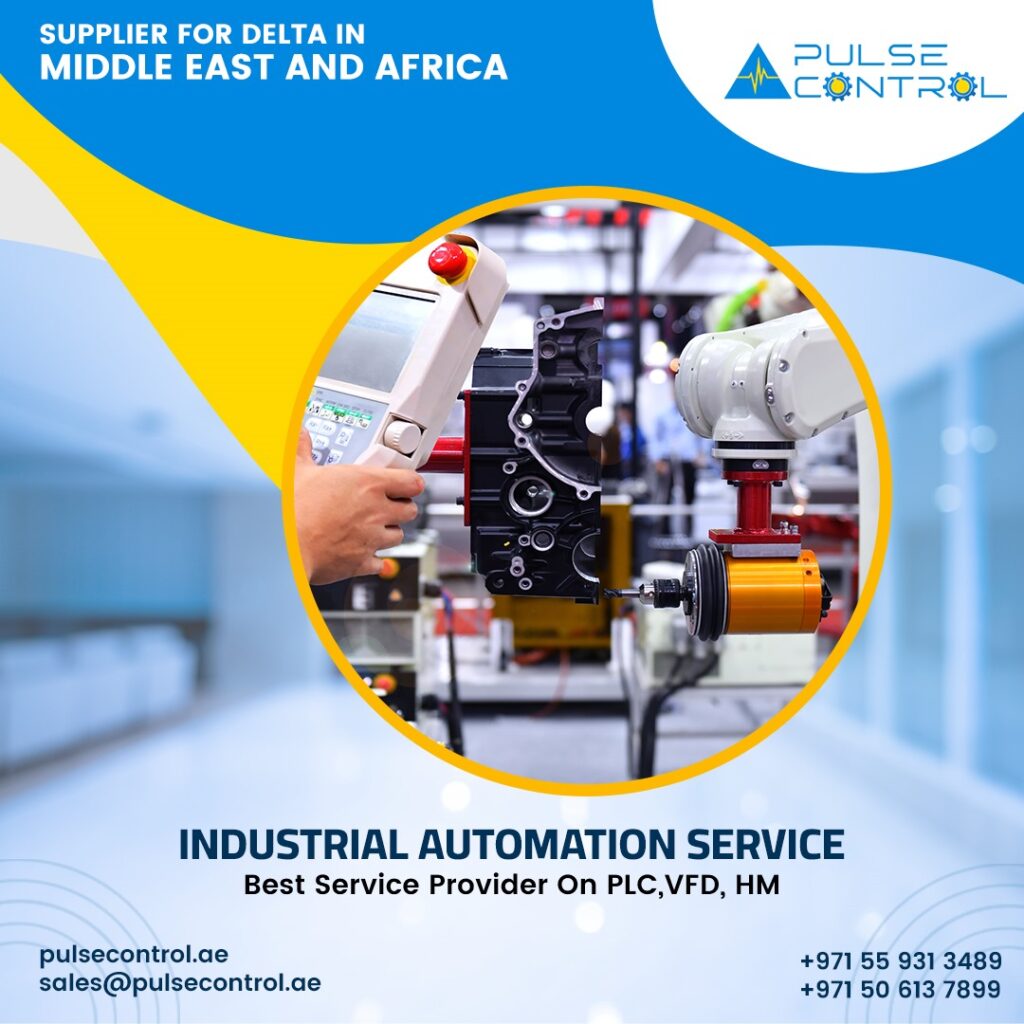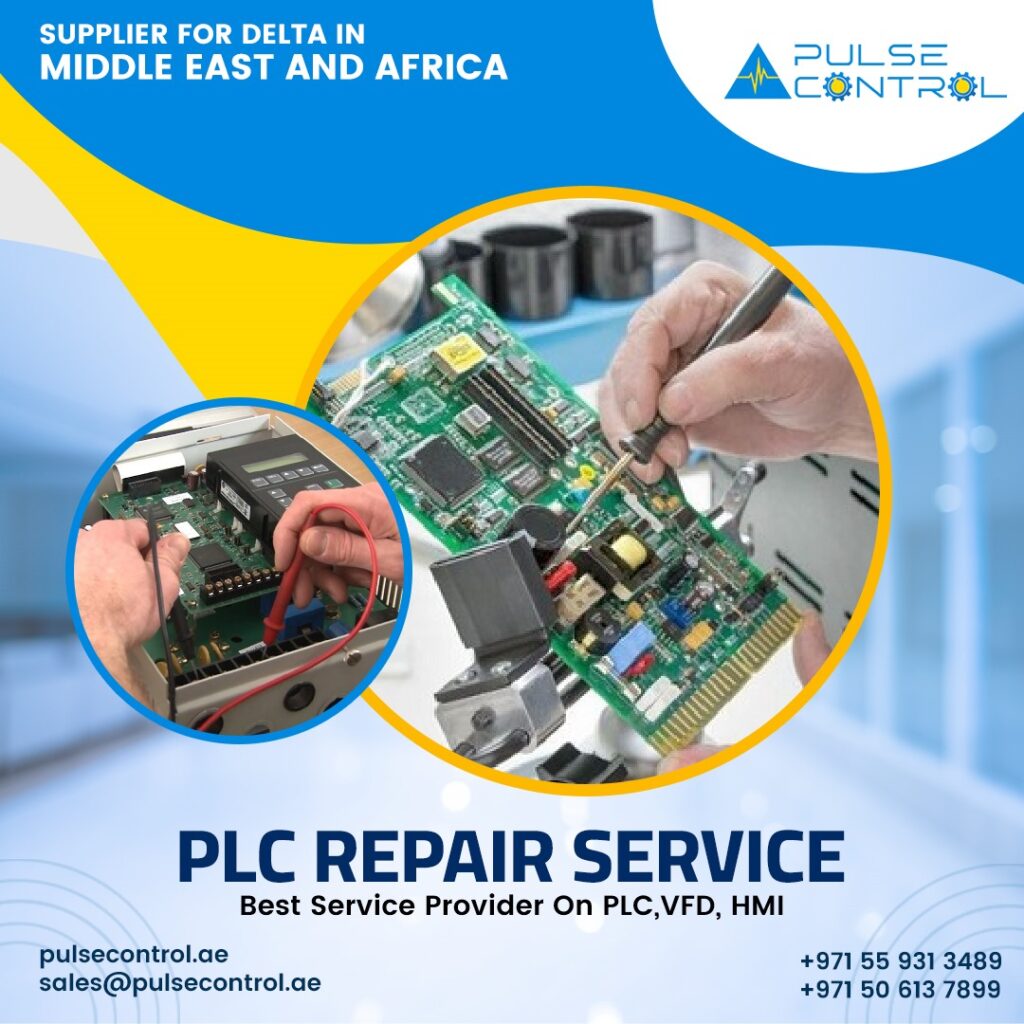
Level Monitoring system services
Level Monitoring System Services: Revolutionizing Industrial Efficiency
In today’s fast-paced industrial environment, managing material levels effectively is essential for smooth operations, safety, and cost efficiency. Whether you’re dealing with liquids, solids, or gases, having an accurate and reliable level monitoring system can make all the difference. This is where Level Monitoring System Services come into play. They offer tailored solutions that help businesses optimize their processes, ensure regulatory compliance, and prevent costly mistakes. In this blog post, we will explore the importance of level monitoring systems, the services offered, and how Pulse Control can help businesses achieve better operational efficiency.
Pulse Control’s Level Monitoring System Services
At Pulse Control, we specialize in providing top-tier Level Monitoring System services that cater to the unique needs of our clients. Our solutions ensure seamless operation, accurate data tracking, and timely intervention when levels exceed or fall below the acceptable thresholds. Here’s an overview of the services we offer:
1. Custom Solutions for Level Monitoring
Not all industries have the same requirements when it comes to level monitoring. At Pulse Control, we design custom solutions that meet the specific needs of your business. Whether it’s monitoring liquid levels in a water treatment plant or tracking solid material levels in a manufacturing facility, we ensure that our systems are optimized for your operations.
2. Sensor Installation and Calibration
The accuracy of a level monitoring system largely depends on the quality and calibration of its sensors. Pulse Control provides professional installation services, ensuring that sensors are placed in the ideal locations for precise measurements. We also perform regular calibration checks to guarantee that the sensors provide accurate data over time.
3. Seamless System Integration
We understand the importance of integrating level monitoring systems with other control systems, such as SCADA (Supervisory Control and Data Acquisition) or PLCs (Programmable Logic Controllers). Pulse Control’s team ensures that the level monitoring system works harmoniously with your existing infrastructure, allowing for seamless data exchange and automated control.
4. Real-Time Data and Alerts
Our level monitoring systems provide real-time data, allowing operators to monitor material levels at all times. In addition, we offer customizable alarms and alerts to notify you when material levels reach critical thresholds. These alerts can trigger automatic actions, such as stopping a pump or opening a valve, preventing potential issues before they escalate.
5. Remote Monitoring Capabilities
In today’s digital world, remote monitoring is a must for many businesses. Pulse Control provides remote monitoring services, allowing operators to check material levels from any location. This reduces the need for on-site personnel, making operations more efficient and cost-effective.
6. Data Logging and Analytics
Our systems come with data logging capabilities, allowing you to store and analyze historical data on material levels. This can be useful for trend analysis, inventory management, and identifying inefficiencies in your processes. Our analytics services can help you make data-driven decisions that enhance operational efficiency.
7. Maintenance and Support Services
To ensure that your level monitoring system continues to perform at its best, Pulse Control offers regular maintenance services. From sensor calibration and software updates to troubleshooting and repairs, we provide comprehensive support to keep your system running smoothly.
8. Training and Consultation
At Pulse Control, we believe that training your staff to use and maintain the level monitoring system is just as important as the system itself. We provide training sessions to ensure that your operators and maintenance personnel are well-equipped to handle the system and troubleshoot potential issues. Additionally, our expert consultants can help you choose the best monitoring technology for your specific needs.
9. Scalability and Upgrades
As your business grows, your monitoring needs may change. Pulse Control offers scalable solutions that can grow with your business. Whether you need to monitor additional tanks or incorporate advanced data analytics features, we can upgrade your system to meet new demands without disrupting operations.

What is a Level Monitoring System?
A Level Monitoring System is a technology used to measure and track the level of a substance within a tank, silo, or vessel. These systems use sensors to provide real-time data about the amount of material present, which is essential for maintaining optimal levels, avoiding overflow or shortages, and ensuring operational safety.
Level monitoring systems are commonly used in industries such as water treatment, oil and gas, chemicals, pharmaceuticals, food processing, and more. The systems can be integrated into the larger process control infrastructure of a plant or facility to allow for automated monitoring, alerts, and data analytics.
Key Benefits of Level Monitoring Systems
Optimized Resource Management: By continuously monitoring the level of materials, businesses can optimize resource usage and prevent waste. For example, in a food processing plant, managing ingredient levels ensures that production continues smoothly without running out of raw materials.
Improved Safety: Overflows or underfills can result in hazardous situations, especially when dealing with dangerous chemicals, oils, or other substances. Level monitoring systems help prevent these risks by providing early warning signs and activating safety measures when necessary.
Cost Savings: Maintaining optimal material levels helps avoid costly disruptions, such as production downtime due to lack of materials or the need for emergency restocking. The ability to track material levels also enables better inventory management, reducing excess stock and associated costs.
Compliance and Reporting: Many industries are subject to regulatory requirements for safe handling and tracking of materials. Level monitoring systems can assist with compliance by providing accurate and timely data for reporting purposes and audits.

